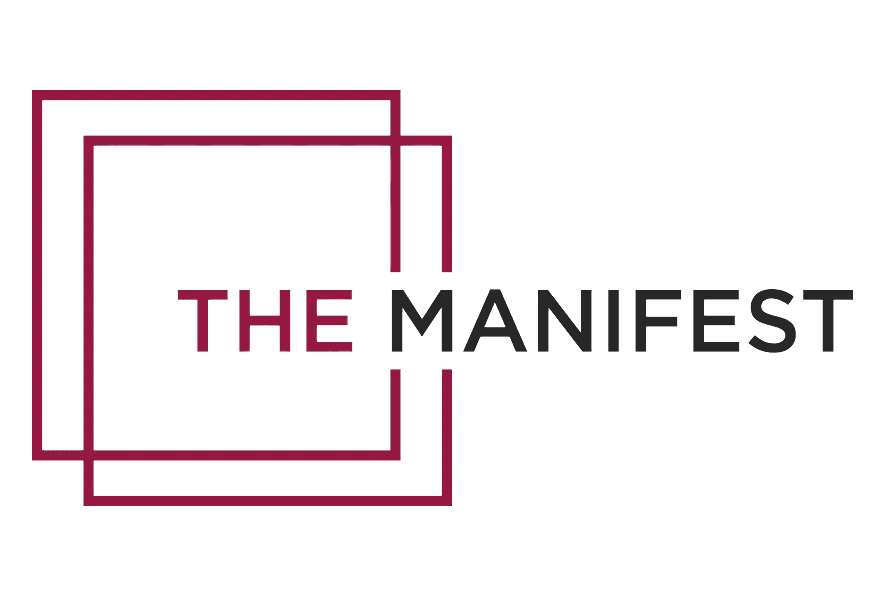Writing a well-crafted Request for Proposal (RFP) is crucial when seeking software development services or any other professional assistance. An effective RFP not only helps you gather relevant information from potential vendors but also ensures that you receive comparable proposals that can be evaluated objectively. In this article, we will guide you through the process of writing an RFP that maximizes clarity, completeness, and comparability.
Define Your Project Objectives
Clearly articulate your project objectives, requirements, and desired outcomes. Provide a concise overview of your organization, the project’s background, and its strategic significance. This section should set the context and help potential vendors understand the purpose and scope of the project.
Include Detailed Functional and Technical Requirements
List specific functional and technical requirements that the solution should meet. Break them down into clear and actionable items, including desired features, integration needs, performance criteria, scalability requirements, and any other pertinent technical specifications. This ensures that vendors have a comprehensive understanding of your expectations.
Provide Clear Evaluation Criteria
Define the evaluation criteria that will be used to assess proposals. This could include factors such as relevant experience, proposed solution approach, timeline, pricing, and ongoing support. Clear evaluation criteria enable a fair and consistent assessment of proposals and help you compare them objectively.
Request Case Studies and References
Ask potential vendors to provide case studies or references for similar projects they have completed. This allows you to gauge their expertise, track record, and ability to deliver successful solutions. Contacting references can provide valuable insights into the vendor’s performance, reliability, and customer satisfaction.
Specify Deliverables and Timelines
Clearly outline the expected deliverables, milestones, and timelines for the project. This helps vendors understand the project’s timeline and deliverables and allows you to assess their proposed schedules for feasibility and alignment with your goals. Be open to vendor suggestions and provide flexibility where appropriate.
Budget and Pricing Information
While it’s understandable if you cannot disclose your budget outright, if possible, provide vendors with a general indication of your financial expectations. This will help them tailor their proposals accordingly and provide you with realistic pricing information. If you have specific budget constraints, make them known to vendors in order to receive proposals that align with your financial capacity.
Encourage Questions and Clarifications
Include a designated contact person and encourage potential vendors to seek clarifications or ask questions. This ensures that all parties have a clear understanding of the project requirements and avoids misunderstandings. Consider organizing a Q&A session or issuing addendums to address common queries and share clarifications with all participants.
Format and Submission Guidelines
Specify the desired format and structure for the proposals to make the review process easier. Include guidelines on the required sections, expected document format (e.g., PDF), and any specific formatting or organization requirements. Set a clear deadline for proposal submission and provide details on the submission process.
Proposal Evaluation and Selection Process
Outline the evaluation process and expected timeline for reviewing and selecting proposals. Communicate how you will assess and score proposals based on the established evaluation criteria. Make it clear whether demonstrations, presentations, or interviews will be part of the selection process.
Conclusion
As a software development company with expertise in the field, we would like to offer our assistance in putting together an RFP. Our team can collaborate with you to gather the necessary information, define project objectives, outline requirements, and structure the RFP in a way that maximizes clarity and comparability. Feel free to reach out to us if you would like our assistance in this regard.
Featured image: Unsplash

What is a Technical Specification and why is it important?
Why It’s Essential to Keep Your Website Updated and How to Do It Effectively Today, having a website for your business is not just a luxury; it’s a necessity. Whether you're an eCommerce store, a local service provider, or a blogger, your website is often the first...

Why It’s Essential to Keep Your Website Updated and How to Do It Effectively
Why It’s Essential to Keep Your Website Updated and How to Do It Effectively Today, having a website for your business is not just a luxury; it’s a necessity. Whether you're an eCommerce store, a local service provider, or a blogger, your website is often the first...

The Manifest Recognizes Cubicfox as one of the Most-Reviewed App Developers in Hungary
There are countless new applications that are being introduced each year. It is a competitive industry and if you want your own app to stand out, then you will need a professional team to help turn your ideas into reality! Thankfully, our team at Cubicfox is here to...
